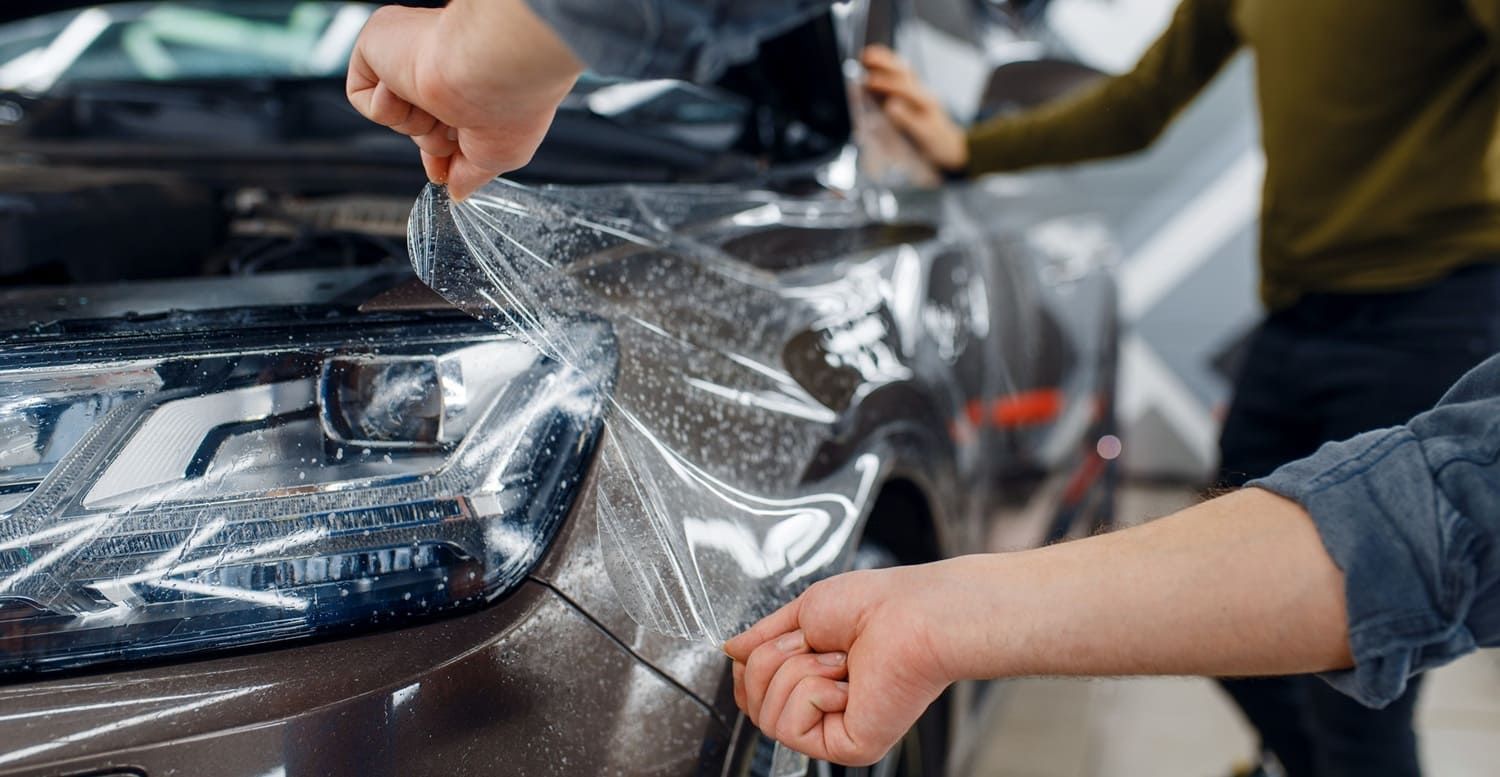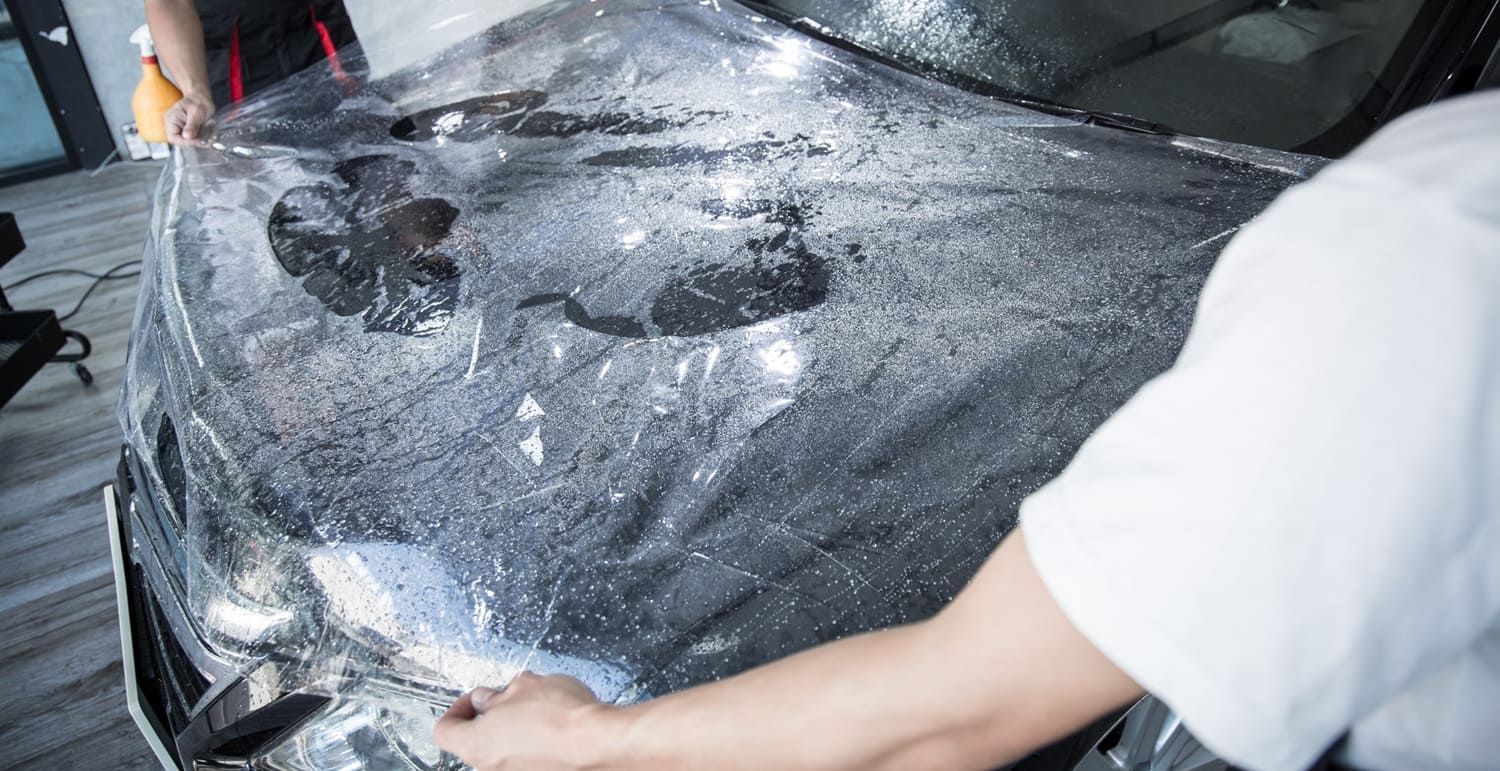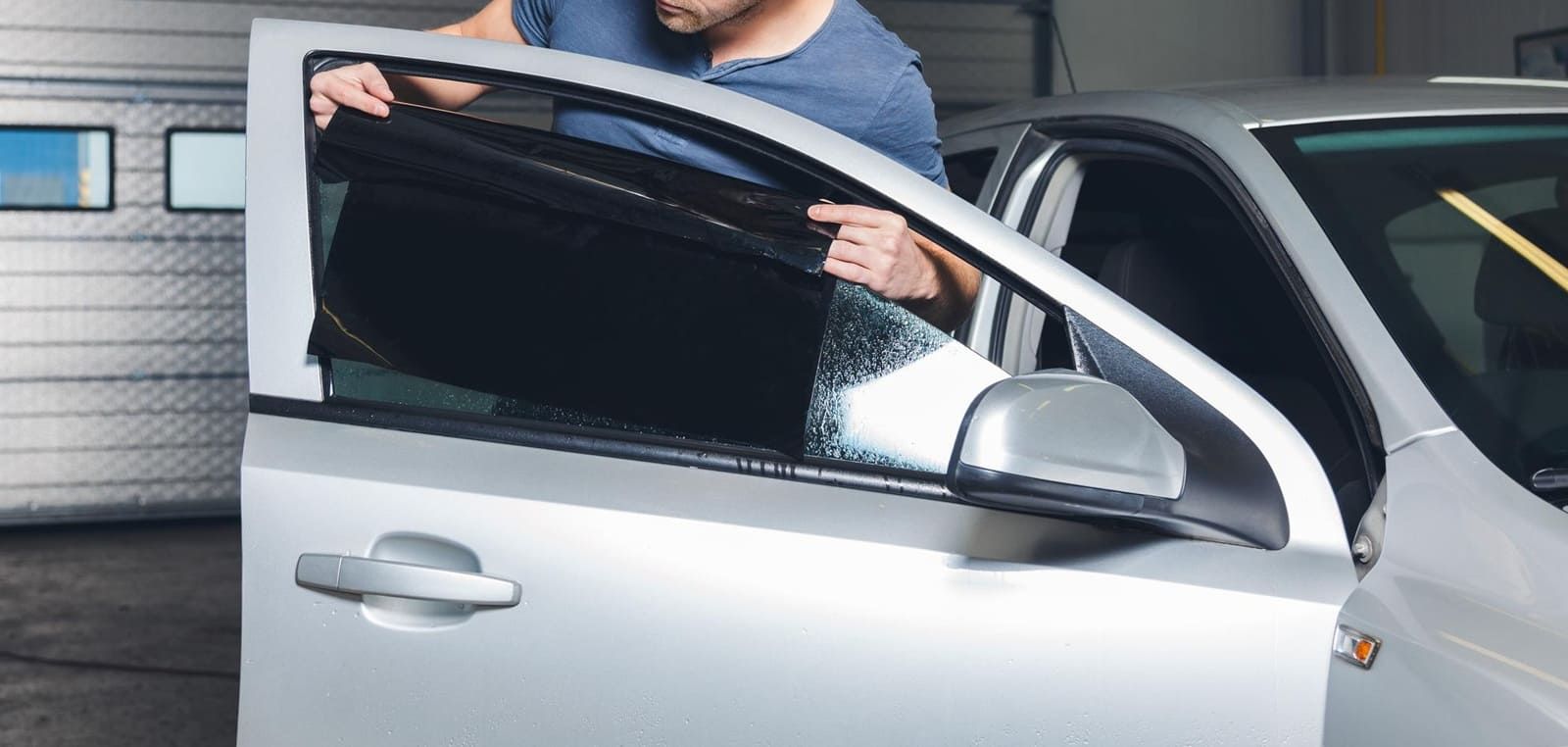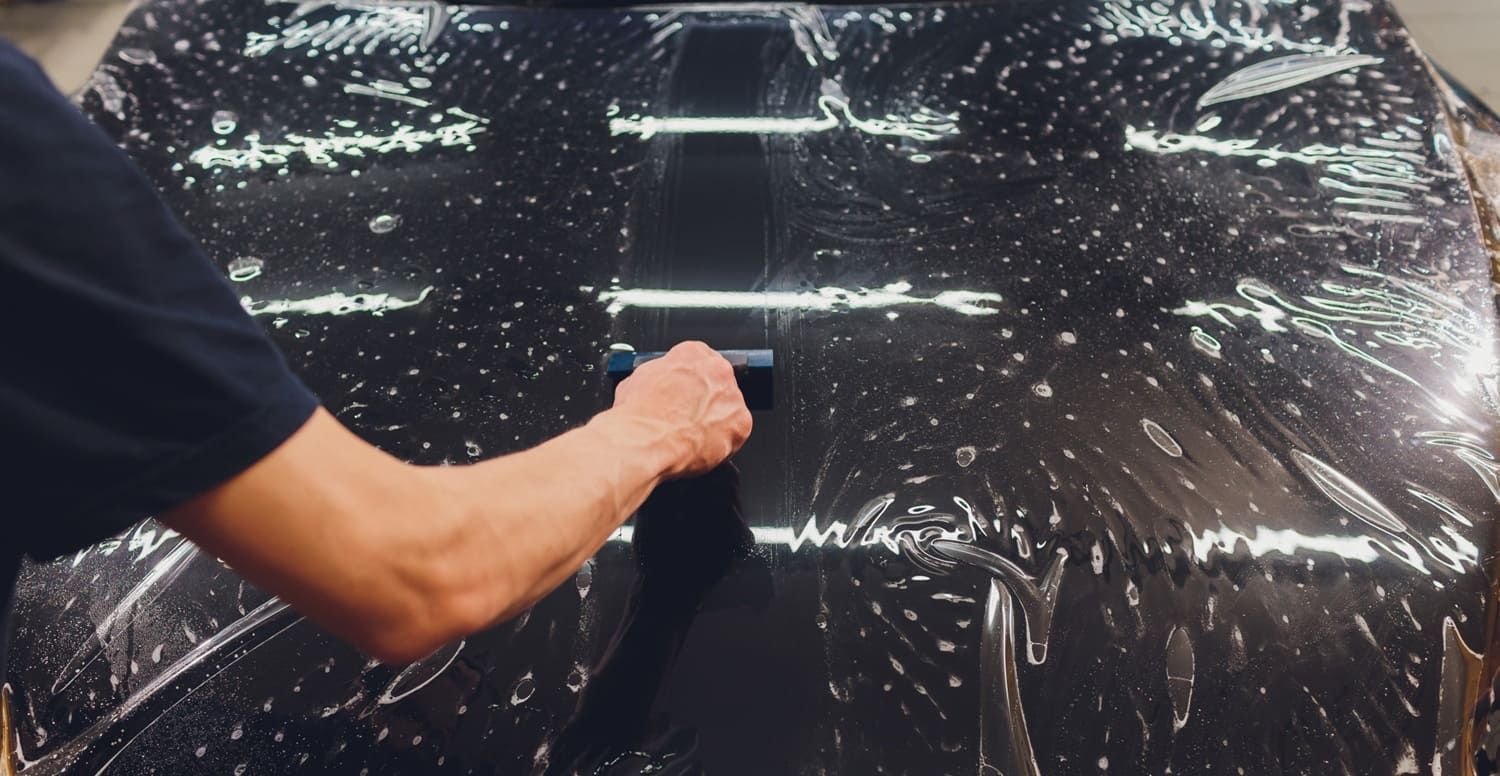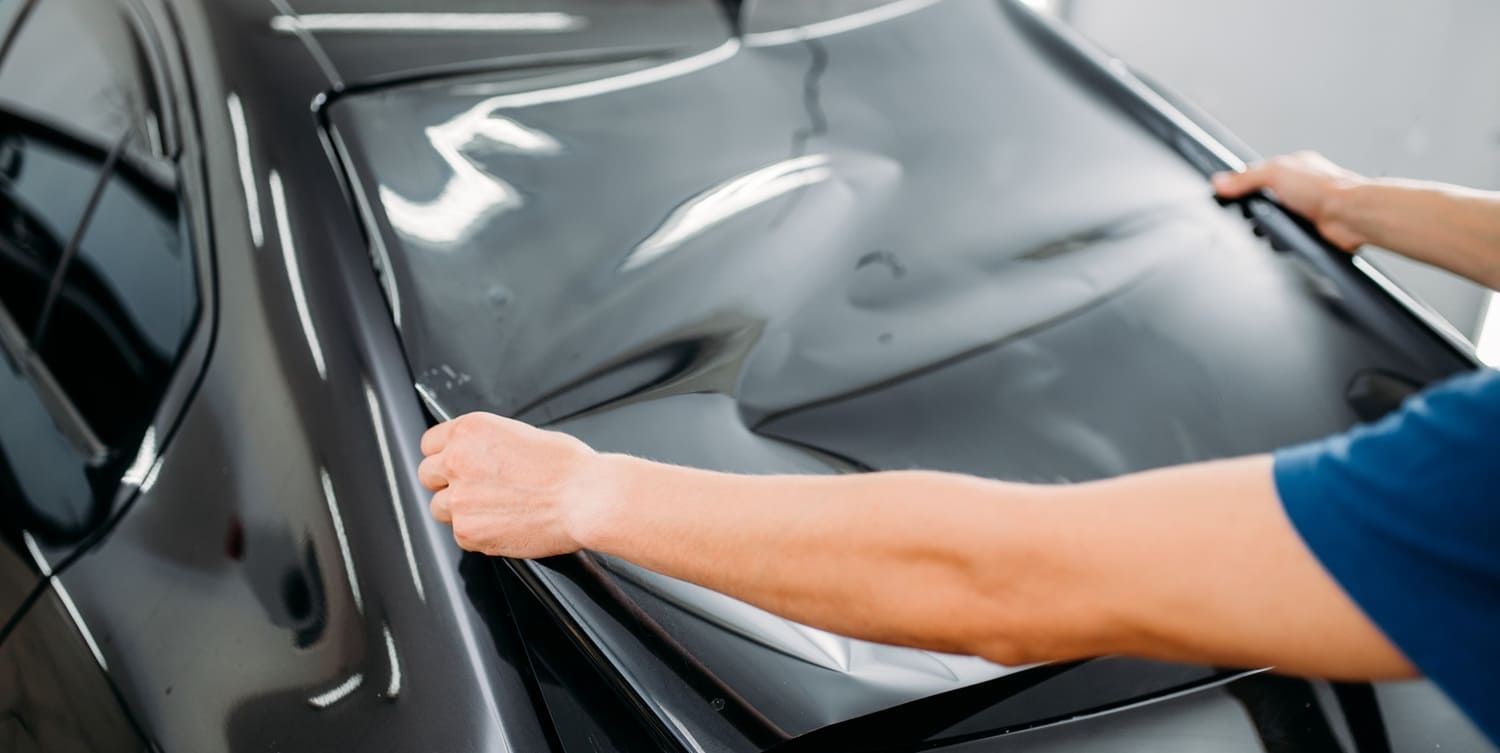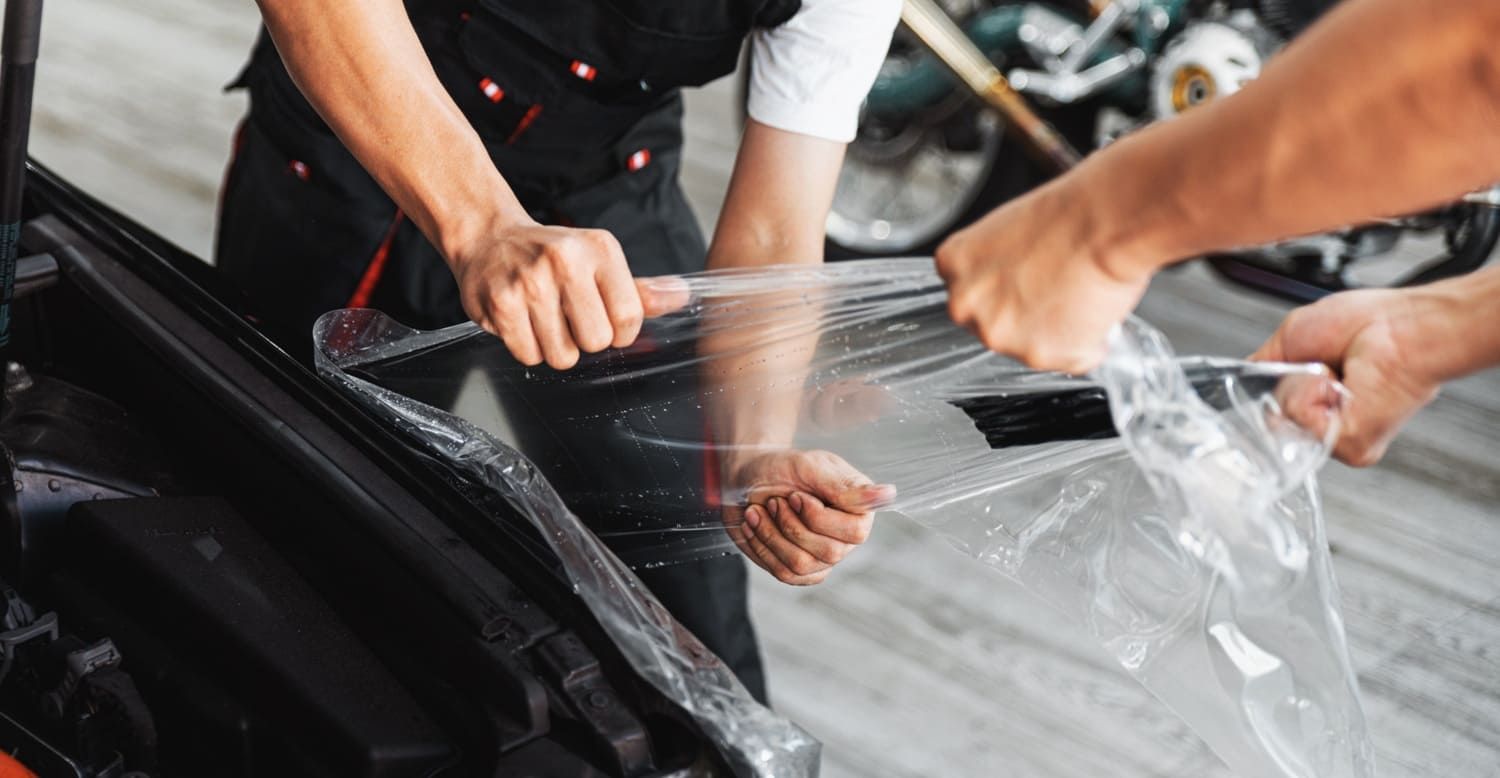Is PPF Only for New Cars? Here’s the Answer
Maintaining the pristine appearance of your car is a top priority for many vehicle owners. One popular method to achieve this is through the application of Paint Protection Film (PPF), also known as clear bra. This protective film is highly favored by car enthusiasts for its ability to safeguard a vehicle's exterior. However, a common question arises: is PPF only suitable for new cars? Let's explore this topic in depth to reveal the truth and understand how PPF can be beneficial for both new and older vehicles.
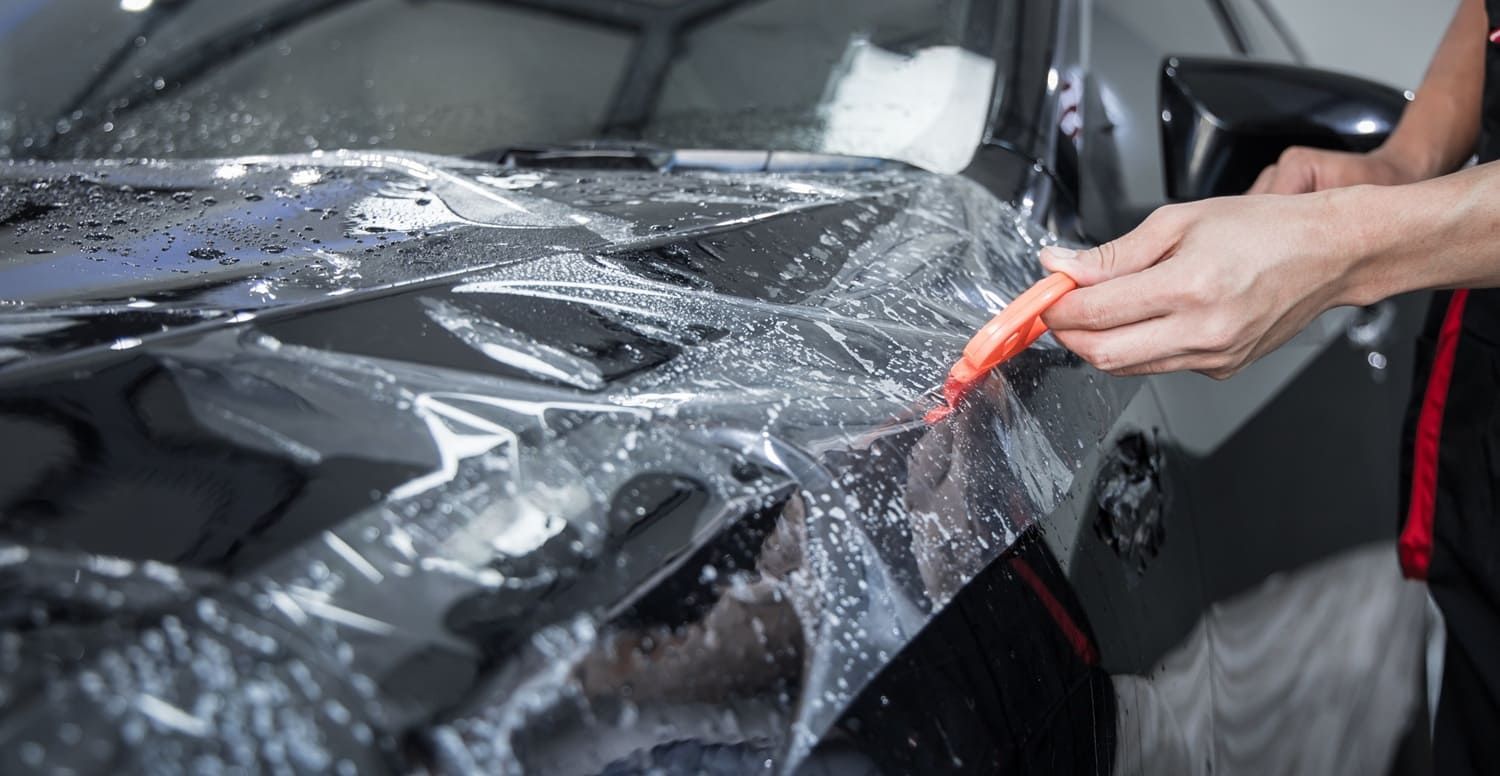
Understanding Paint Protection Film
Paint Protection Film, or PPF, is a thermoplastic urethane film that is applied to the exterior of vehicles. This innovative product was originally developed for military use to protect helicopter rotor blades and other sensitive equipment from damage. Over time, PPF has found a place in the automotive industry due to its exceptional ability to shield cars from scratches, chips, and other forms of damage caused by road debris and environmental elements.
How Does PPF Work?
PPF functions as a sacrificial layer between your car's paint and the outside world. It is specifically designed to absorb the impact from small debris, thereby preventing scratches and maintaining the car's original paint. The clear film is nearly invisible and does not alter the appearance of the car, making it an attractive option for car owners who wish to keep their vehicles looking new. Moreover, advanced PPF products come with self-healing properties, where minor scratches on the film can disappear with the application of heat, further enhancing the durability and longevity of the protection offered.
The technology behind PPF involves multiple layers, including a topcoat that provides resistance to staining and discoloration, a polyurethane layer that offers flexibility and strength, and an adhesive layer that ensures the film adheres securely to the vehicle's surface. This combination of layers makes PPF an effective barrier against various types of damage, from environmental hazards like UV rays and acid rain to physical impacts from stones and road salt.
Is PPF Just for New Cars?
Contrary to common belief, PPF is not exclusive to new cars. While it's true that many new car owners choose to apply PPF to protect their fresh paint, older cars can also benefit significantly from this protective film. The misconception that PPF is only for new vehicles likely stems from the desire to preserve the factory-fresh look, but the truth is that PPF can enhance and protect vehicles at any stage of their lifecycle.
Benefits for Older Cars
- Restoration and Protection: For older vehicles, PPF can be an integral part of a restoration process. After touching up or repainting areas of the car, applying PPF can help maintain the new finish and protect it from future damage. This is especially valuable for classic cars or vehicles that have undergone extensive restoration work, as it ensures that the investment in paintwork is safeguarded against everyday wear and tear.
- Enhancing Resale Value: A well-maintained paint job is a critical factor in a vehicle's resale value. By applying PPF, you can preserve the car's exterior condition, potentially increasing its market value when it comes time to sell. Buyers are often willing to pay a premium for vehicles that have been well-cared for, and a flawless exterior can be a major selling point. Additionally, the presence of PPF can serve as an indicator that the vehicle owner has taken proactive steps to protect the car, which can further enhance its appeal to potential buyers.
- Prolonging Paint Life: Older cars are more susceptible to damage from the elements, such as UV rays, bird droppings, and tree sap. PPF provides a durable shield that prolongs the life of the paint, delaying the need for expensive repainting. This protective barrier not only helps to maintain the aesthetic appeal of the vehicle but also reduces the frequency and cost of maintenance efforts needed to keep the car looking its best.
Factors to Consider Before Applying PPF
Before deciding to apply PPF to your vehicle, whether new or old, there are several factors you should consider. These considerations will help you determine the suitability and effectiveness of PPF for your specific situation, ensuring that you get the most out of your investment.
Condition of the Paint
For older cars, the condition of the existing paint is crucial. PPF is best applied to surfaces that are in good condition. If the paint is peeling, oxidized, or heavily scratched, repairs should be made prior to installation to ensure the film adheres properly and looks seamless. Addressing any underlying paint issues beforehand will not only improve the effectiveness of the PPF but also enhance the overall appearance of the vehicle.
Professional Installation
For the best results, PPF should be installed by a professional. They have the experience and tools to apply the film without bubbles or wrinkles, ensuring a smooth finish that protects and enhances the car's appearance. A professional installer will also be able to recommend the best type of PPF for your vehicle and driving conditions, ensuring that you receive the optimal level of protection. Additionally, professional installation often comes with a warranty, providing peace of mind and coverage for any potential issues that may arise post-installation.
Cost Considerations
While PPF is an investment, it's important to weigh the cost against the benefits. The upfront cost can be high, especially for full vehicle coverage, but when considering the potential savings on paint repairs and increased resale value, many find it worthwhile. It's also important to consider the long-term savings that come from reduced maintenance needs and the protection against costly paint repairs. By evaluating your budget, vehicle usage, and the level of protection desired, you can make an informed decision that aligns with your financial goals and priorities.
Types of PPF Coverage
PPF is versatile and can be applied to various parts of the vehicle, depending on your needs and budget. Understanding the different types of coverage options can help you choose the best solution for your specific requirements, ensuring that your vehicle receives the right level of protection.
Full Vehicle Coverage
This option offers the most protection, covering every painted surface of the car. It's ideal for those who want maximum protection and are willing to invest more for peace of mind. Full vehicle coverage is especially beneficial for high-end cars, exotic vehicles, or those subjected to harsh driving conditions, as it ensures comprehensive protection against all potential sources of damage.
Partial Coverage
Partial coverage typically includes the most vulnerable areas of the car, such as the hood, bumper, side mirrors, and fenders. This is a more budget-friendly option that still provides significant protection. By focusing on the areas most prone to damage, partial coverage strikes a balance between cost and coverage, making it an attractive choice for many car owners who want to protect their vehicles without a full coverage investment.
Custom Coverage
Some owners opt for custom coverage, applying PPF to specific areas based on personal driving habits and exposure. For example, if you frequently drive on gravel roads, you might prioritize the lower panels and bumper. Custom coverage allows for flexibility and personalization, enabling you to tailor the protection to your unique needs and driving environment. This approach ensures that the most at-risk areas of your vehicle are adequately protected, enhancing the overall effectiveness of the PPF.
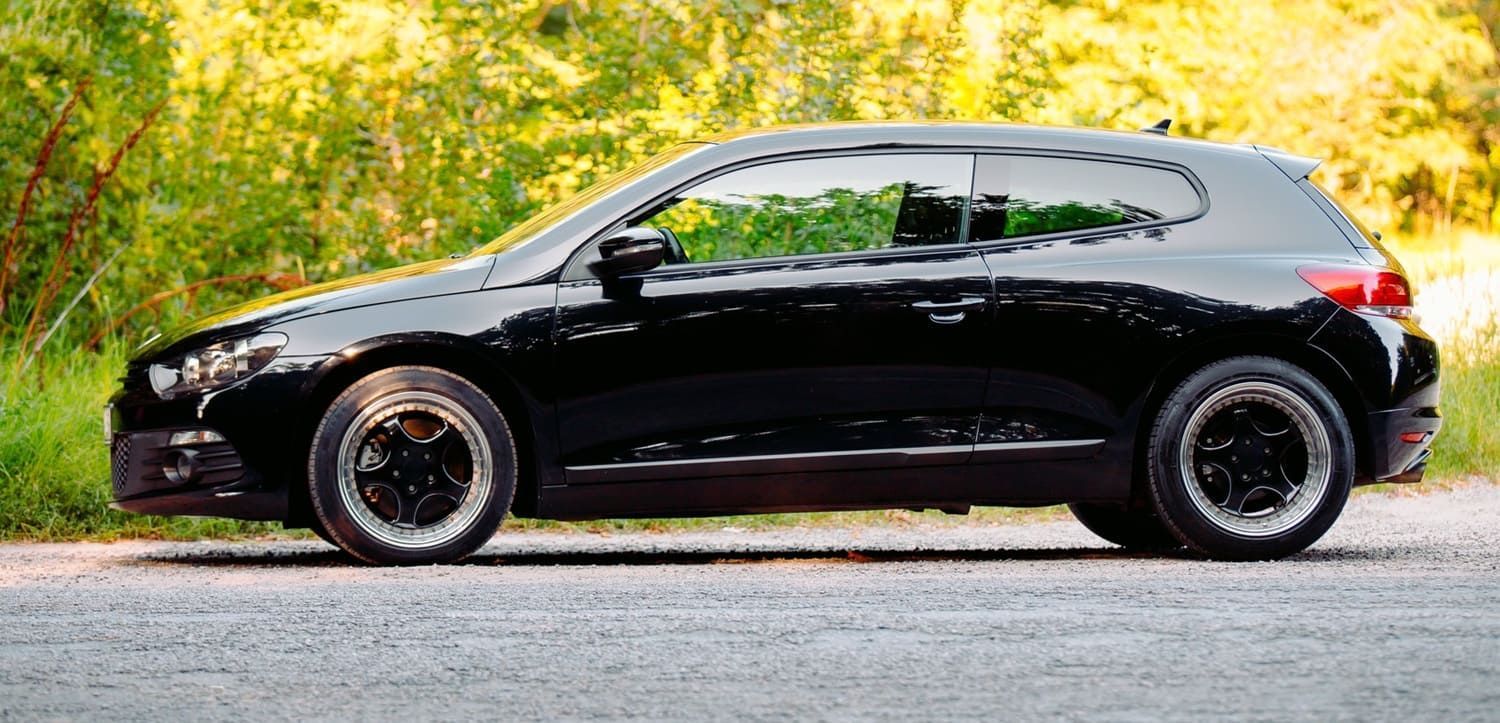
Maintenance and Longevity of PPF
Caring for PPF is straightforward and extends the life of the film. Proper maintenance not only preserves the protective qualities of the PPF but also ensures that your vehicle continues to look its best over the years.
- Regular Washing: Clean your car regularly using a gentle soap and microfiber cloth to prevent dirt buildup and maintain clarity. Regular washing helps to remove contaminants that can degrade the film over time, ensuring that the PPF remains effective and visually appealing.
- Avoid Harsh Chemicals: Use products specifically designed for PPF when detailing your vehicle. Harsh chemicals can damage the film and reduce its protective qualities. By choosing the right cleaning products, you can prolong the life of the PPF and maintain its optimal performance.
- Inspect for Damage: Periodically check the film for any signs of lifting, bubbling, or damage. Addressing issues early can prevent further problems and extend the life of the PPF. Regular inspections allow you to catch and rectify minor issues before they become major concerns, ensuring that your vehicle remains well-protected.
With proper care, quality PPF can last anywhere from 5 to 10 years, providing long-term protection for your vehicle's paint. By adhering to these maintenance guidelines, you can maximize the lifespan and effectiveness of your PPF investment.
Conclusion: Is PPF Right for Your Car?
Whether you own a brand-new car or a classic beauty, PPF offers a robust defense against the hazards of daily driving. While new car owners often gravitate towards PPF to maintain that fresh-off-the-lot look, older cars can also reap the benefits, from preserving a new paint job to enhancing resale value. The decision to invest in PPF should be based on a comprehensive evaluation of the vehicle's condition, intended use, and personal preferences.
Ultimately, PPF serves as a versatile and effective solution for protecting your car's exterior, regardless of its age. By understanding the advantages and proper maintenance of PPF, you can make an informed decision that best suits your needs and keeps your car looking its best for years to come. Whether you prioritize appearance, resale value, or long-term savings, PPF can be a valuable addition to your vehicle care routine, providing peace of mind and exceptional protection against the challenges of everyday driving.
For professional installation in Winter Park, FL, contact Winter Park Tint & Paint Protection—your trusted PPF experts—for a free estimate today.
FAQs: Is Paint Protection Film (PPF) Only for New Cars?
Can I apply PPF on a car that’s a few years old?
Yes, PPF can be applied to used cars as long as the paint is in good condition. If the surface is free of major scratches, chips, or oxidation, a professional detailer can install PPF to protect your existing finish and preserve resale value.
Does PPF work just as well on older cars as it does on new ones?
Absolutely. PPF offers the same level of protection against rock chips, road debris, and UV damage whether your car is brand new or a few years old. It can help restore and lock in the appearance of a well-maintained older vehicle.
Should I fix paint damage before getting PPF on an older car?
Yes, it’s recommended. Any scratches, swirl marks, or chips should be corrected before applying PPF. Some shops offer paint correction services to prep the surface and ensure the film adheres properly and looks seamless.
Is it still worth investing in PPF for a car I don’t plan to keep forever?
Yes. PPF protects your vehicle’s paint and helps retain resale or trade-in value. Whether you're keeping the car long-term or planning to sell, it enhances the appearance and reduces potential reconditioning costs later.
What parts of an older car benefit most from PPF?
High-impact areas like the front bumper, hood, fenders, side mirrors, and door edges benefit the most—especially if the car is driven regularly or used for commuting. These areas are more exposed to chips, bugs, and debris.
How long will PPF last on an older vehicle?
When properly installed and maintained, quality PPF can last 5 to 10 years, even on older vehicles. It provides lasting protection and can make an older car look newer, longer.


